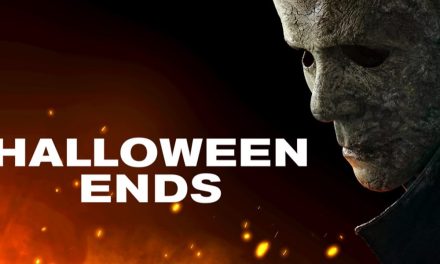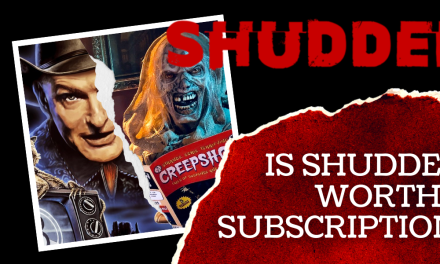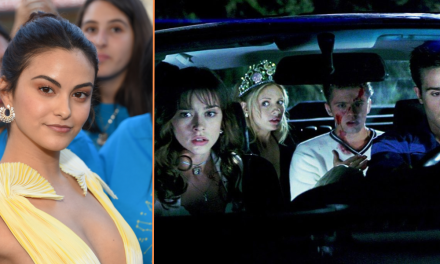What exactly is Gateway Horror? Well you can think of it like something that gets you into horror, but isn’t incredibly frightening or enough to make you swear off the genre as a whole. This isn’t your older sister locking you in a room to watch The Exorcist at age 10 (personal experience). This is the way that you can learn to appreciate the shorter, sweeter horror that gets you into all the bigger, badder stuff. This offshoot of THS Fright-A-Thon goes through all the things that make us the horror hounds that we are. Everyone starts somewhere. Today we’re starting with Scary Stories To Tell In The Dark.
If you perused a local library or book fair in the 80’s, 90’s, early 2000’s, or any time in between, you’ve seen these books. They have iconic artwork from Stephen Gammell on their covers (excluding a new print in 2011 with art from Brett Helquist). If these stories feel similar, that’s because author Alvin Schwartz drew from popular folklore, urban legends, and other myths. The other acknowledged influences are authors T.S. Eliot, Mark Twain, Joel Chandler Harris, Bennet Cerf, and Jan Harold Brunvand.
It’s first volume was published in 1981, with the second volume coming in 1984, and finally the third volume seeing its release in 1991. The trio of releases have seen many different printings over the years, including a new box-set that has all three books in a collector’s package.
The books have sold over seven million copies. They’re one of the best ways to get children interested in horror. Even for a scaredy cat like myself, I was drawn to these books as a kid.
Art That Will Haunt Your Dreams, But Draw You Into The Books

Scary Stories To Tell In The Dark have a fairly controversial path to their status as some of the best horror for children out there. They routinely end up on lists started by parents that think the books are too scary for children or other reasons. They were the most challenged series of books of the 1990s by the American Library Association and the seventh most challenged from the 2000s. Whether it’s the subject matter or religious reasons, these books are constantly under fire.
The artwork is a big reason why I was drawn to the books when I saw them at my school library as a kid. The black and white, surreal, nightmarish art is just scary enough to catch the attention of a late elementary school/middle school kid. They give children the imagery to face what they’re afraid of. Sure, it might be scary to look at then, but it goes a long way to help kids face their fears.
The 2011 re-issue of the three books drew heavy criticism for new art that was more “kid-friendly” and less disturbing. The whole point of the artwork is that, yes, it’s more disturbing, but it’s the most scary thing about the stories. So when you strip that away, you kind of take the identity and the point of the stories away. They’re supposed to teach and entertain kids about the scary things in life. Not sugar-coat them.
You Can Do Much Worse To Get Into Horror Than These Stories
If you have the time this Halloween season, take a trip to your local library or book store. Check out the three volumes and get nice and comfortable. Whether you read them to yourself or aloud to your kids, it’s one of my favorite ways to celebrate this Halloween season. The books are part of what got me into horror and they deserve to be recognized as such. Similarly to Goosebumps (the books and the show), they make horror accessible, and less scary to handle.
Some highlights of my favorite stories are: “The Walk”, “The Hearse Song”, “The Hook”, “The Little Black Dog”, “The Bride”, “Thumpity-Thump”, “Maybe You Will Remember”, and “You May Be Next…”.
So make sure you go out this Spooky Season and give these books another chance.
For more on THS Fright-A-Thon, or any other general pop culture, make sure to check back to That Hashtag Show.

![Gateway Horror: Scary Stories To Tell In The Dark [THS Fright-A-Thon]](https://thathashtagshow.com/wp-content/uploads/2021/09/Scary-Stories-collage.jpg)




